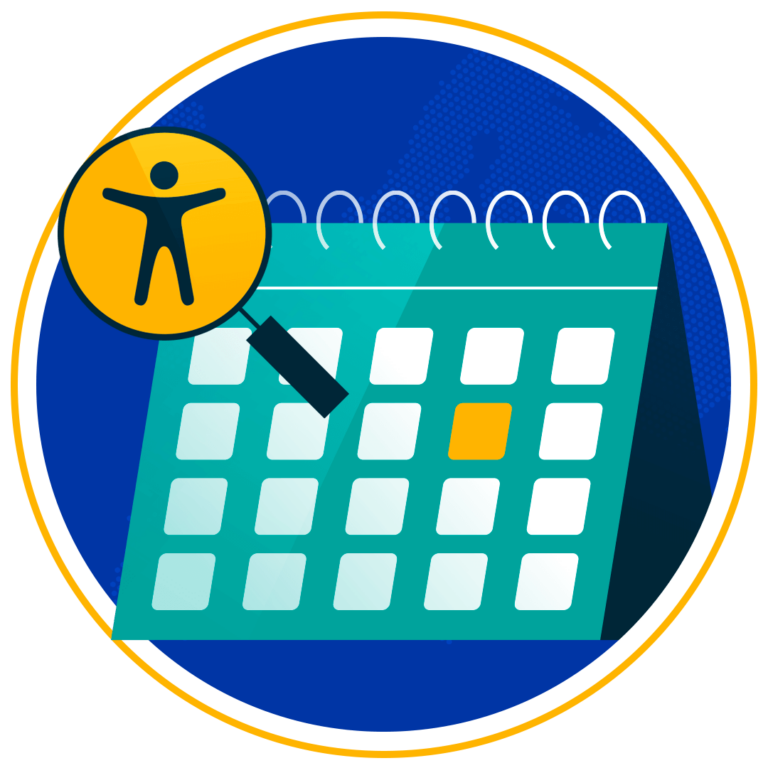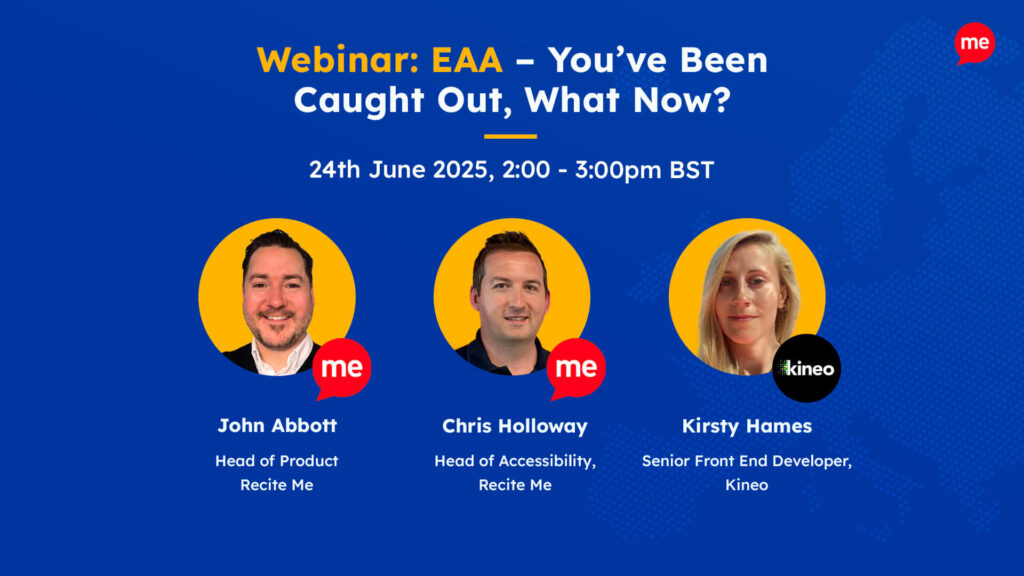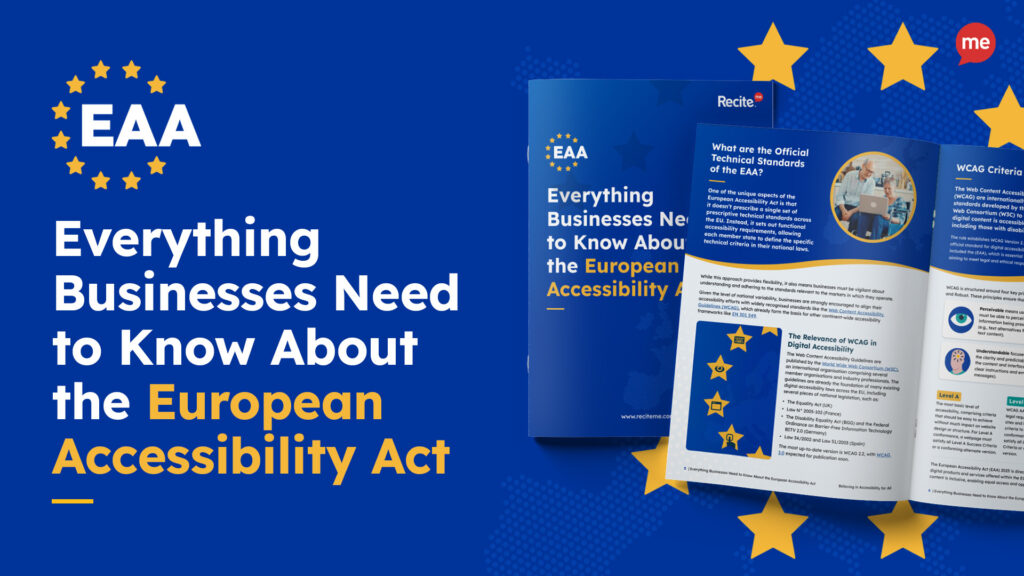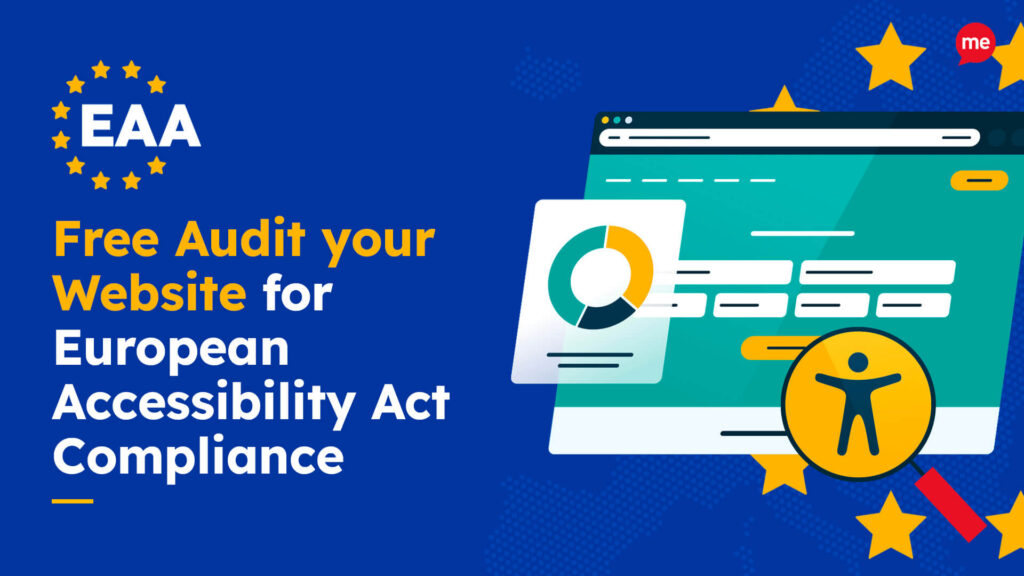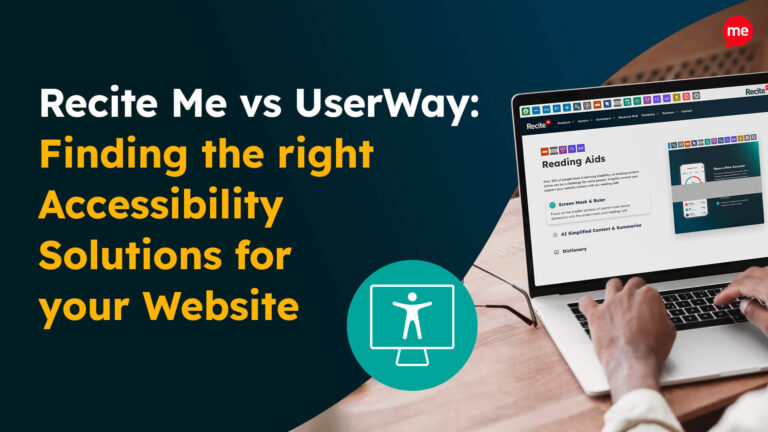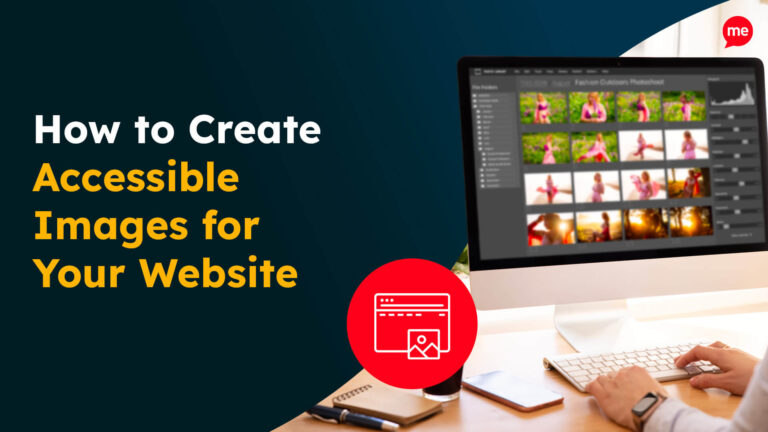Get a free European Accessibility Act Audit of your Website
Download NowJune 28, 2025, marks a significant milestone for accessibility across Europe: The European Accessibility Act (EAA) is now officially coming into force. That means businesses offering digital products or services in the EU have very little time left to ensure compliance.
Only just getting to grips with the EAA? Don’t panic! In this quick guide, we’ll bring you up to speed with everything you need to know and provide a last-minute checklist to help push your digital content over the line.
What Is the European Accessibility Act?
The European Accessibility Act (EAA) is an EU directive designed to ensure that people with disabilities can access and use essential services and technologies just like everyone else. By setting consistent standards for digital and physical accessibility across the continent, the legislation aims to break down barriers and make key products and services available to everyone.
The EAA covers websites, mobile apps, e-commerce platforms, banking services, e-readers, and more. The bottom line? If you sell digital products or services in the European Union, the EAA likely applies to you.
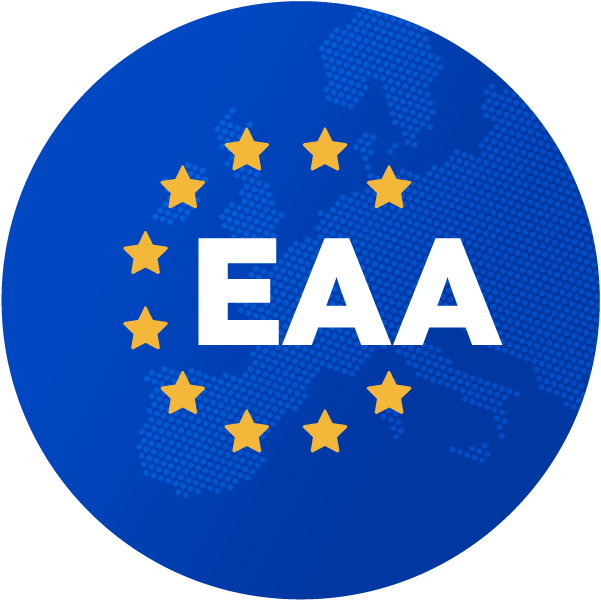
Who Needs to Comply with the EAA?
The European Accessibility Act (EAA) applies to any organisation selling digital products or services to EU consumers, regardless of where the business is based. This includes companies outside the EU that operate in the European market. The Act affects organisations with more than 10 employees or an annual turnover of over 2 million euros.
Which Digital Products and Services Are Covered?
The European Accessibility Act sets out clear rules for which digital products and services must meet accessibility requirements. From the technology people use to access online content to the platforms delivering everyday services, the EAA aims to make the digital world more inclusive across the board.
Products That Must Be Accessible
The EAA applies to several categories of digital hardware that must be designed and built to support accessibility for people with disabilities, including:
- Computers and operating systems
- Smartphones and tablets
- Payment terminals
- ATMs (Automated Teller Machines)
- Ticketing and check-in machines
- Interactive self-service terminals (e.g. information kiosks)
Services That Must Be Accessible
The EAA also covers a wide range of digital services, including:
- E-commerce platforms – Websites, apps, and online marketplaces
- Banking services – Online and mobile banking interfaces
- Telecommunications – Websites, apps, and customer support systems
- Transport services – Digital booking, check-in, and ticketing for air, rail, bus, and maritime travel
- Audiovisual media services – Video-on-demand platforms and streaming services
- E-books and e-readers – Including associated distribution platforms
- Emergency communications – Accessible text-based options and real-time services
What About Exceptions? The Role of Article 32
Article 32 of the EAA outlines an important exemption for organisations that can prove accessibility compliance imposes a disproportionate burden or is technically unfeasible.
However, this clause has strict criteria and must not be used as a loophole to avoid compliance. You must demonstrate clear, documented evidence to support this position. Read more about Article 32 and our approach here.
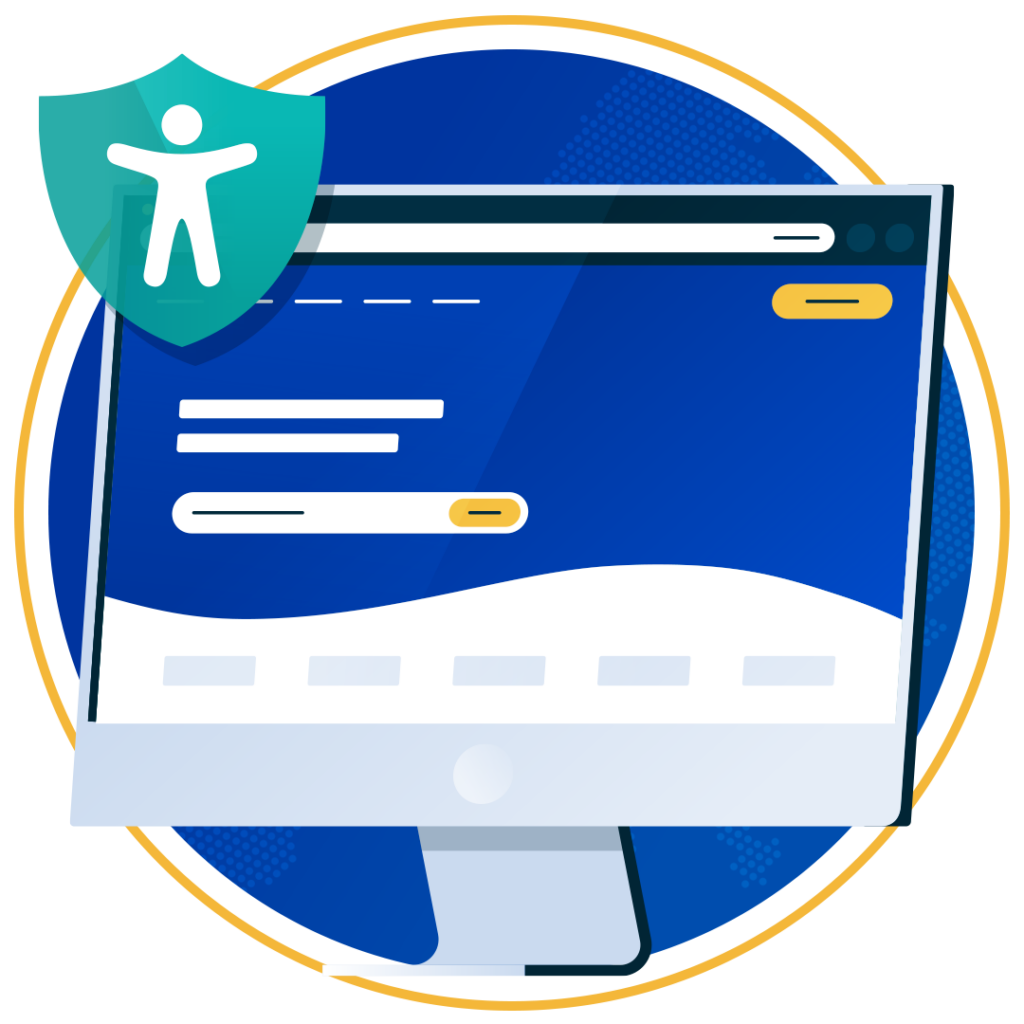
EAA Timeline
June 2019 – The European Accessibility Act (EAA) was officially published by the EU.
June 28, 2022 – EU Member States formally adopted the directive into national regulation.
June 28, 2025 – All Member States must begin applying the EAA’s accessibility measures.
2030 – By this point, previously exempt products that don’t meet accessibility standards must be phased out. Member States will also begin reporting on how the Act has been implemented and its overall impact.
How to Comply with the EAA
The easiest way to meet EAA compliance requirements is to follow the Web Content Accessibility Guidelines (WCAG) version 2.1 Level AA. These international standards outline how to make digital content perceivable, operable, understandable, and robust for users of all abilities. Key steps include:
- Ensuring your website and mobile apps are navigable by keyboard.
- Providing text alternatives for images and media
- Maintaining sufficient colour contrast.
- Making sure content is readable and resizable.
- Avoiding elements that cause seizures or physical discomfort.
The EAA also makes it clear that accessibility should be baked into your design, development, and content workflows — not treated as an afterthought.
Make sure your website meets the European Accessibility Act with our easy-to-follow EAA checklist. It covers all the key steps to get compliant before the deadline and helps you avoid penalties. Get started today!
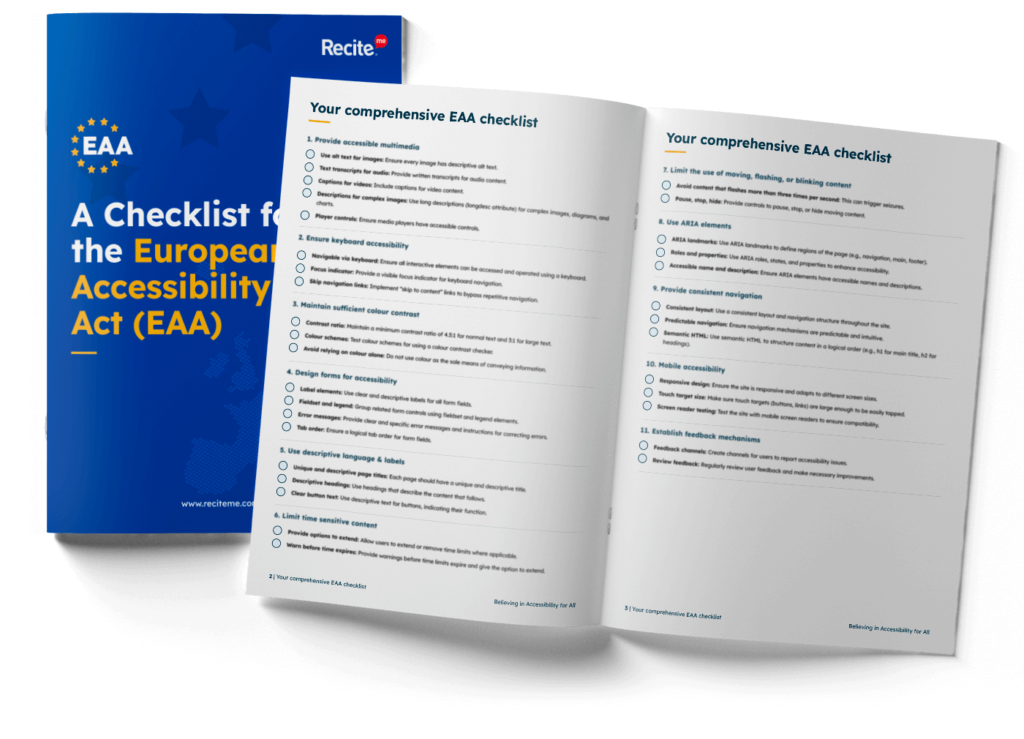
The Consequences of Non-Compliance
The consequences of non-compliance vary by country, as each EU member state enforces the EAA through its own national legislation. However, the repercussions can be severe. The list of potential EAA penalties includes:
- Hefty fines
- Legal action
- Consumer lawsuits
- Exclusion from public sector contracts
- Increased audits and regulatory scrutiny
- Barriers to market entry
- Restrictions on new product rollouts
As you can see, compliance isn’t just about legal risk and financial fallout. Non-compliance can also damage your brand reputation and lock you out of valuable markets.

Your Last-Minute EAA Compliance Checklist
Still playing catch-up? Here’s a simple checklist to help you take speedy action and get compliant in the shortest possible timeframe:
- Audit your digital content: Test your website, apps, PDFs, and other digital assets for accessibility gaps using a combination of manual testing and automated tools, such as Recite Me’s website accessibility checker.
- Fix the basics: Ensure colour contrast, keyboard navigation, alt text, and form labels are all up to standard.
- Follow WCAG 2.1 AA standards: Prioritise updates in order, starting with critical Level A failures, then essential Level AA updates.
- Document your efforts: Keep a record of changes and timelines to show good faith progress, should you be audited.
- Train your team: Ensure your developers, designers, and content creators receive the accessibility training they need to ensure ongoing compliance.
Even minor improvements can demonstrate intent and move you toward full compliance, so act now to start building momentum!
Get Help for EAA Compliance
Not sure where to start, or only just realised your website isn’t EAA compliant? Time may be short, but help is at hand! Follow these steps today to get started and fast-track your EAA compliance journey:
Attend our EAA Webinar
Join our upcoming webinar on what to do if you’ve been caught out by the EAA deadline to find out what to do next.
Free EAA Compliance Guide
Ensure your organisation is meeting the necessary requirements for European Accessibility Act compliance.
EAA Audit of your Website
Get an instant accessibility check of your website. This report will highlight EAA non-compliance and how to fix it.
